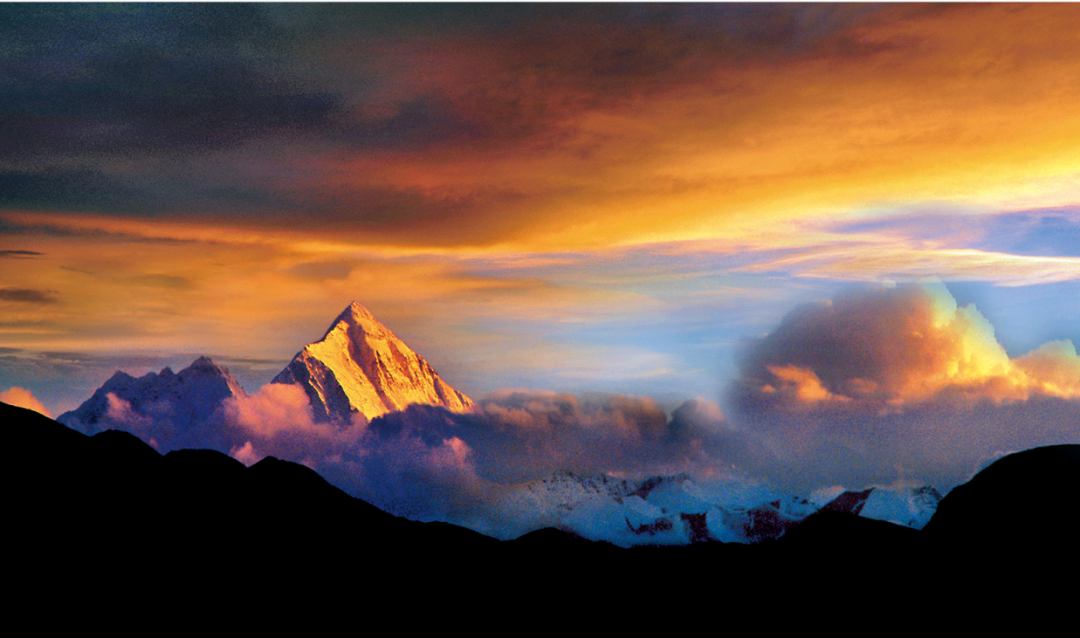Suman Pandey: Practice the Concept of Sustainable Development to Meet the Increasing Demand of Mountain Tourism
Editor's note: On September 15, the "International Mountain Tourism Alliance (IMTA) Annual Conference and Dialogue among World Famous Mountains 2023" opened in Xingyi City, Guizhou Province. Gathering over 200 participants, including IMTA members, renowned international organizations, relevant national cultural and tourism departments, leaders and officials from Guizhou Province, professional tourism organizations and enterprises, world-famous mountain and mountain tourism destination institutions, media and other esteemed guests. The conference was themed with "Mountain Tourism Resource Innovation and Destination Construction." Simultaneously, the Dialogue among World Famous Mountains explored the theme "World Famous Mountains Empower the Wellness of Mountain Tourism." Discussions revolved around cutting-edge strategies for mountain resource protection, innovative utilization, and development, fostering an inclusive and collaborative atmosphere.

Suman Pandey, Treasurer of PATA, presented at the Annual Conference and delivered a speech.

Source: IMTA
The following is the full text of the speech:
“Take nothing but pictures, leave nothing but footprints, kill nothing but time.”, the quote is from John Muir, the father of National Parks stands as an everlasting definition of the relationship between human and the mountains. Geologists classify land rising above 300m against the surround area as mountain. Famous mountains with diverse heights have been identified in different geographical areas of the world. Mountains in the Himalaya and Karakorum are the highest where all eight thousand meters are located, including the Mount Everest with the height of 8848m, between the Nepal-China border. The world's 14 highest peaks, each over 8,000 meters, are all located between Nepal, China, and Pakistan. Hindukush is another mountain range in Asia, comprising several 7000-meter peaks.

Source: IMTA
European Alps, Rocky Mountain, and Alaska in North America, Andes of South America, Kilimanjaro in Africa Sentinel Range with Mt. Vinsion in Antarctica, and Mt. Kosciusko in the Australian Alps are the mountains or their home ranges, along with many others around the world, that are popular for various reasons, including sports of mountaineering, trekking and hiking activities, and many other activities offering entertainment and recreation with a sense of challenge. All these mountains or ranges are world-famous due to human exploration and their popularity.

Source: IMTA
Activities and achievements in the past made mountains popular, and many of them became world-famous to attract more people and occupy their wish lists to travel. The desire to participate in mountain tourism for various activities like climbing, trekking, hiking, camping, skiing, and base jumping, along with innumerable other reasons, have contributed to the growth of tourism industry, particularly mountain tourism.
Mountains are also the strong medium to provide recreation to people in physical, mental and spiritual forms. Each day of hiking or trekking in the mountain is believed to burn 2000 to 3000 calories of energy. The changing landscape and vegetation, beauty and fresh air in the atmosphere energizes human being living a stressful life in the city, where people can practice spirituality and find their heaven in the mountains.

Source: IMTA
However, humanstic engagement in the mountains may become a threat to vegetation and life, causing destruction to the environment. The food supply chain of tribal and nomadic people could be imbalanced, and natural water sources get contaminated. Many other results that are counterproductive to nature need to be assessed carefully and impose proper plans to manage eco-friendly movements.
Ecological interventions amongst these World Famous Mountains were initiated well in time in response to the effects of overdevelopment in tourism. In Nepal, to protect the Mount Everest and surrounding areas from Ecological damage, Sagarmatha National Park was established in 1976 along with UNESCO declaring it as World Heritage Site. The Chinese side of Mt. Everest has Quomolongma National Park, guarding the conservation interest of this world-famous mountain. Every World Famous Mountain is within the National Park or Protected area declared by their Governments. Having these important assets under the National Parks Authority and making every person or activity mandatory to go by norms of eco-friendly codes and perform conservation practices gives a new term to the tourism industry known as Sustainable Tourism. Even the Consumers community have become aware enough to adopt by or choose services qualifying to conservation norms. This makes the task of conservation in the mountains better and easier.

Source: IMTA
The Year 2031 is expected to receive 2 Billion arrivals worldwide and the demand in mountain tourism will grow as well! So, as part of the mountain tourism industry who live and work in these mountains, we should have a plan well to address the growing needs of tourists through sustainable practices.
Pacific Asia Travel Association has a strong commitment towards sustainable tourism and is ready to help any member countries or destination in the planning and execution of sustainable tourism development. Should there be a need for any such support, please do not hesitate to let us know and we shall always be there to assist in your endeavor. Wish the mountain tourism industry continue to thrive and grow endlessly.
Text and images source: IMTA
图片
Editor Ⅰ: Rao Juan
Editor Ⅱ: Wu Dan
Editor Ⅲ: Liu Guosong














